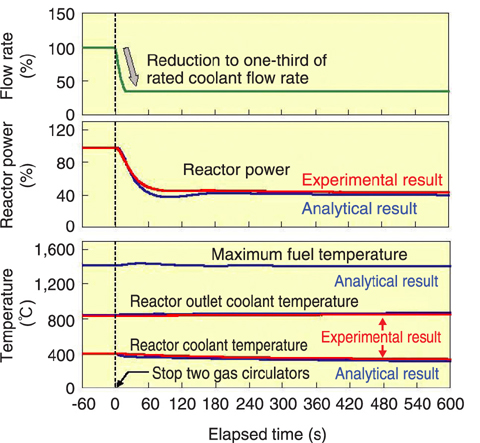
Fig.7-19 Excellent safety characteristics of HTGR

Fig.7-20 Experimental results at full reactor power (30MW)
Working for a wide variety of energy sources ensuring a stable supply, as well as global environmental protection, we are leading the world in R&D of the high temperature gas-cooled reactor (HTGR). The high temperature durability of coated fuel particles with fourfold ceramic and carbon coatings can effectively retain fission products. The large heat capacity of the core made with graphite can restrain rapid temperature rise. Helium gas, the primary coolant does not change phase and does not react chemically, so that there is no corrosion of reactor components.
HTGR has been evaluated highly for its excellent safety characteristics, judged to be the reactor least likely to incur significant core damage even if an earthquake stronger than that envisioned occurs, as shown in Fig.7-19. There is worldwide demand that such excellent safety characteristics of HTGR which is a next-generation nuclear plant producing heat of 950°C be demonstrated with an actual reactor.
"HTTR" is the only reactor in the world producing heat of 950°C and the nearest reactor of the next-generation HTGR. Therefore, the success of the safety demonstration test performed at HTTR, the coolant flow reduction test of the fuel and core structures performed under very strict conditions, is very important.
In the initial tests, reactor power rose step by step from 30% capacity (9MW) and the final test was successfully completed at full reactor power (30MW) for the first time in the world.
In the test, two out of three gas circulators were stopped so that the coolant flow was reduced to one third of the rated value. The fuel and graphite temperature rose because the cooling capability of the core decreased due to the reduction of the coolant flow. As the number of fission reactions decreased due to the inherent self-regulating characteristics, the reactor power decreased and became stable naturally. The reactor inlet and outlet coolant temperatures changed little and remained stable as shown in Fig.7-20.
Improvement of the safety analysis code is in progress; with this, prediction of the reactor power which is accurate within 8% becomes possible. The experimental results confirmed the excellent safety characteristics of the reactor even with rapid reduction of the coolant flow. It is considered that HTGR doesn't need an emergency shutdown system. As a next stage, we are planning a more severe test with loss of the coolant flow in HTTR. The present study is the result of project "Quantitative Demonstration of HTGR Inherent Safety Features" entrusted to the Japan Atomic Energy Agency by the Ministry of Education, Culture, Sports, Science and Technology of Japan (MEXT).